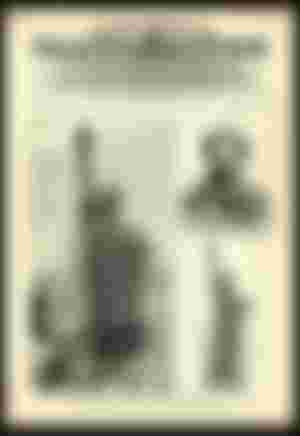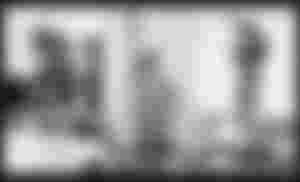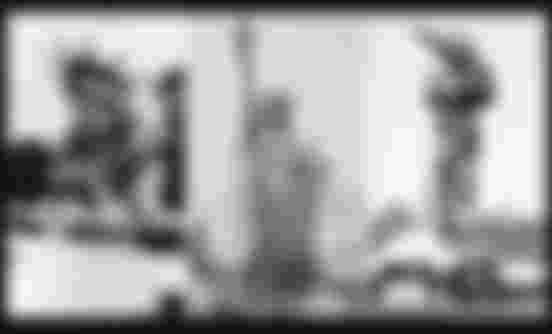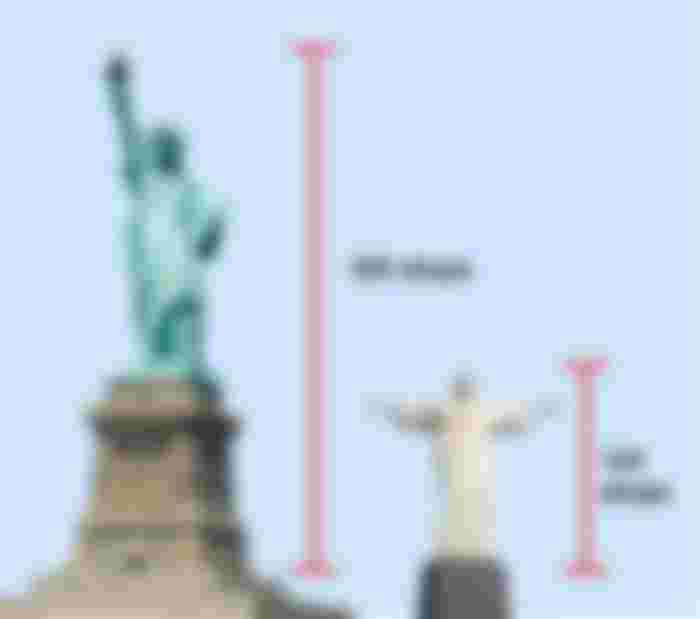The statue, whose full name is "Freedom illuminates the world", is a gift from France to the United States, although only in part. The statue was made by the French, and the pedestal by the Americans. Due to the lack of money on both sides of the Atlantic, the gift arrived ten years late: it was to be unveiled to mark the 100th anniversary of American independence in 1876. The Statue of Liberty is located on Liberty Island, 2.5 kilometers from the southern tip of Manhattan. Although the waters around the island belong to the federal state of New Jersey, the state of New York is responsible for the Island of Freedom.
Sculptor Fredrik-Auguste Bartholdi was fascinated by the idea and set out to design a potential statue and promote the idea of construction.
The problem, of course, was how to pay for it. The promoters of the statue in France formed an organization, the Franco-American Union, in 1875. Donations began to appear throughout France in 1875. It was inappropriate for the French national government to donate money for the statue, but various city authorities gave thousands of francs. 180 towns, cities and villages gave money.
Thousands of French students made small contributions. Descendants of French officers who fought in the American Revolution a century earlier, including Lafayette's cousins, made donations. The copper company donated copper plates.
The cost of the statue continued to rise. Faced with a lack of money, the Franco-American Union held a lottery. Merchants in Paris donated prizes, and tickets were sold.
The lottery was successful, but more money is still needed. Sculptor Bartholdi eventually sold miniature versions of the statue, with the name of the buyer who engraved them.
Finally, in July 1880, the Franco-American Union announced that enough money had been raised to complete the construction of the statue.

The total cost of the huge copper and steel statue was about two million francs. But another six years would pass before the statue could be erected in New York.

The head of the statue was presented at the World's Fair in Paris in 1878. After that, the statue was disassembled into 350 parts and transported across the Atlantic by the ship "Iser" in stormy weather. It was reassembled in four months, and on October 28, 1886, the statue was unveiled by the then President of the United States, Grover Cleveland.

The statue without a pedestal is 46 meters high, and its nose is 137 centimeters long. "Lady Liberty" holds in her left hand a board with the date of the declaration of independence of the United States, and in her right, high above her head, a torch. He has a crown with seven arms on his head (one for each continent).

The Statue of Liberty does not stand, but walks. The right foot is raised, and around the legs of the statue there are broken shackles, which symbolize liberation.

The torch was originally supposed to serve as a lighthouse, but experts did not manage to get enough light. That is why the torch has no function today. 100 years ago, the right hand of the statue was damaged in an explosive attack, in sabotage carried out by the Germans. Since then, only the janitor can climb the torch, the long, wobbly ladder.

Visitors can enter the statue, if they register in advance, and climb to the crown itself. A small museum is located in the pedestal. The statue has numerous twins in other cities, including Colmar and Alsace. The statue is only 12 meters high and is made of artificial resin. Why right there? Designer Bartoldi was born in Colmar in 1834.





